Libya travel tips
Libya travel tips: Located in North Africa, boasts diverse landscapes, ancient history, and cultural richness amidst challenges of political instability.
Governorates 🌎
Libya travel tips. Here is a list of all the governorates of the Libya.
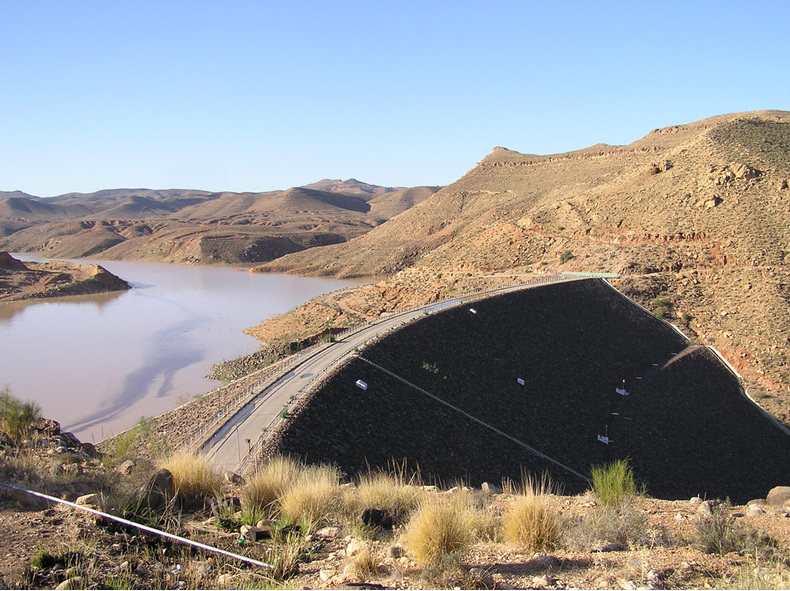
Al Jabal al Gharbi
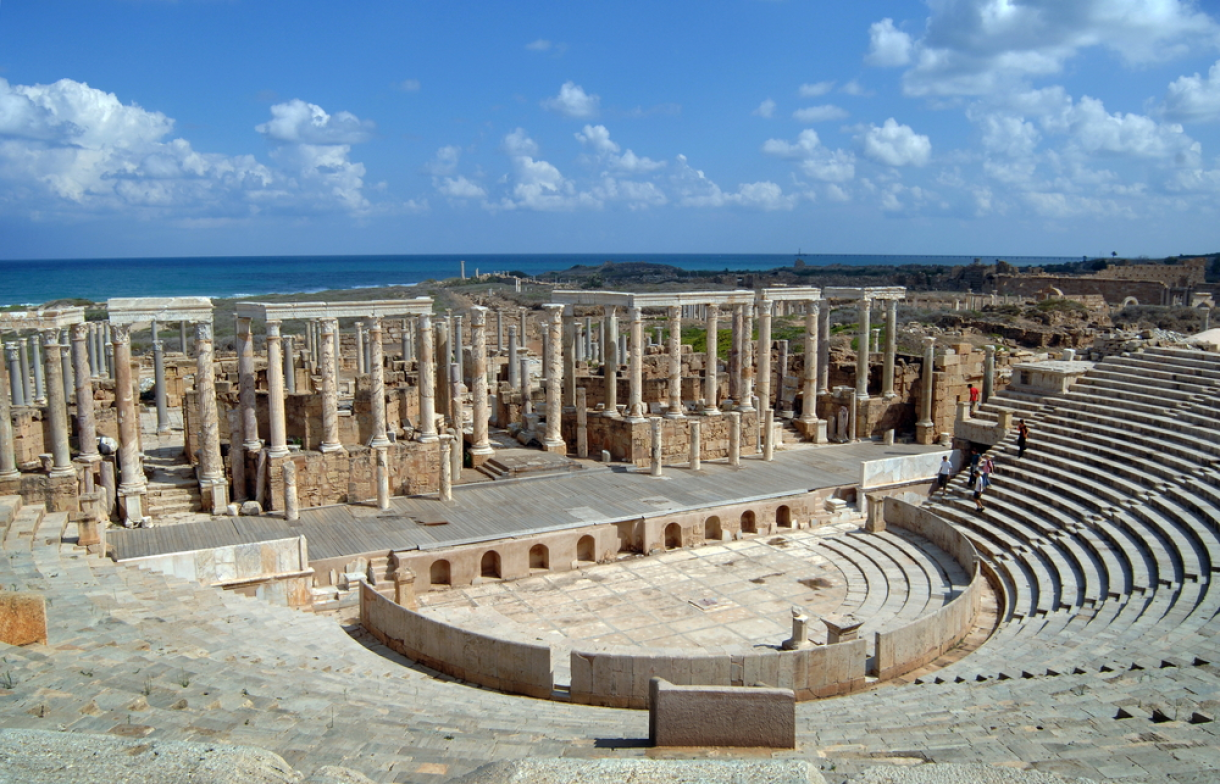
Murqub
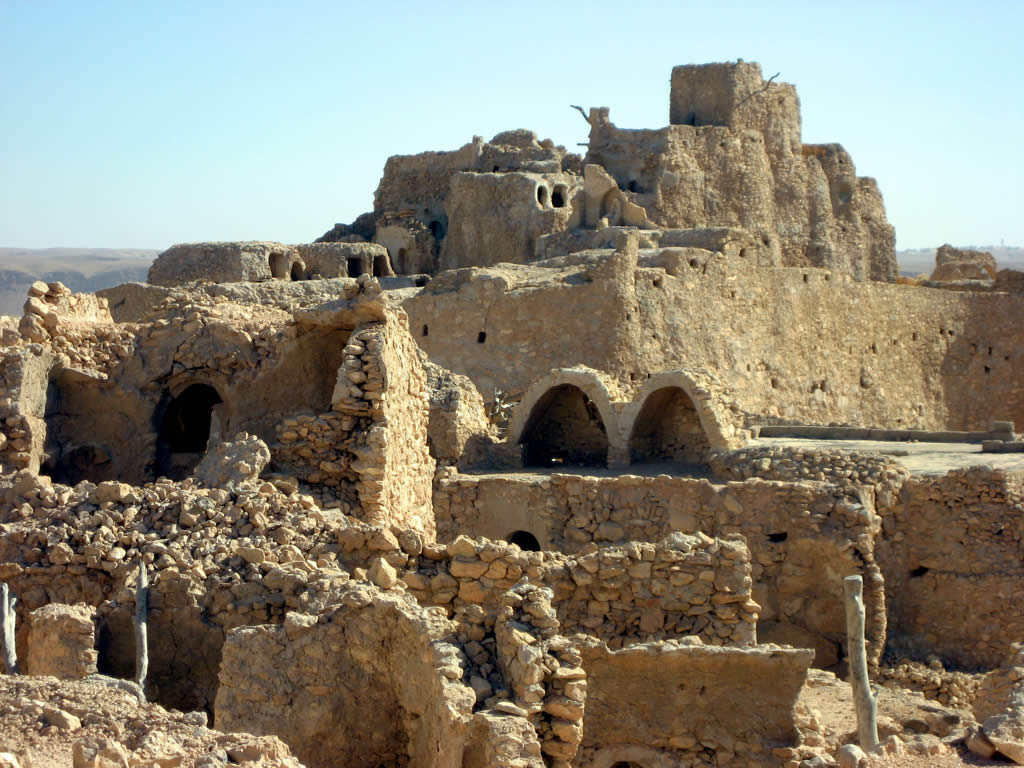
Nalut

Tripoli
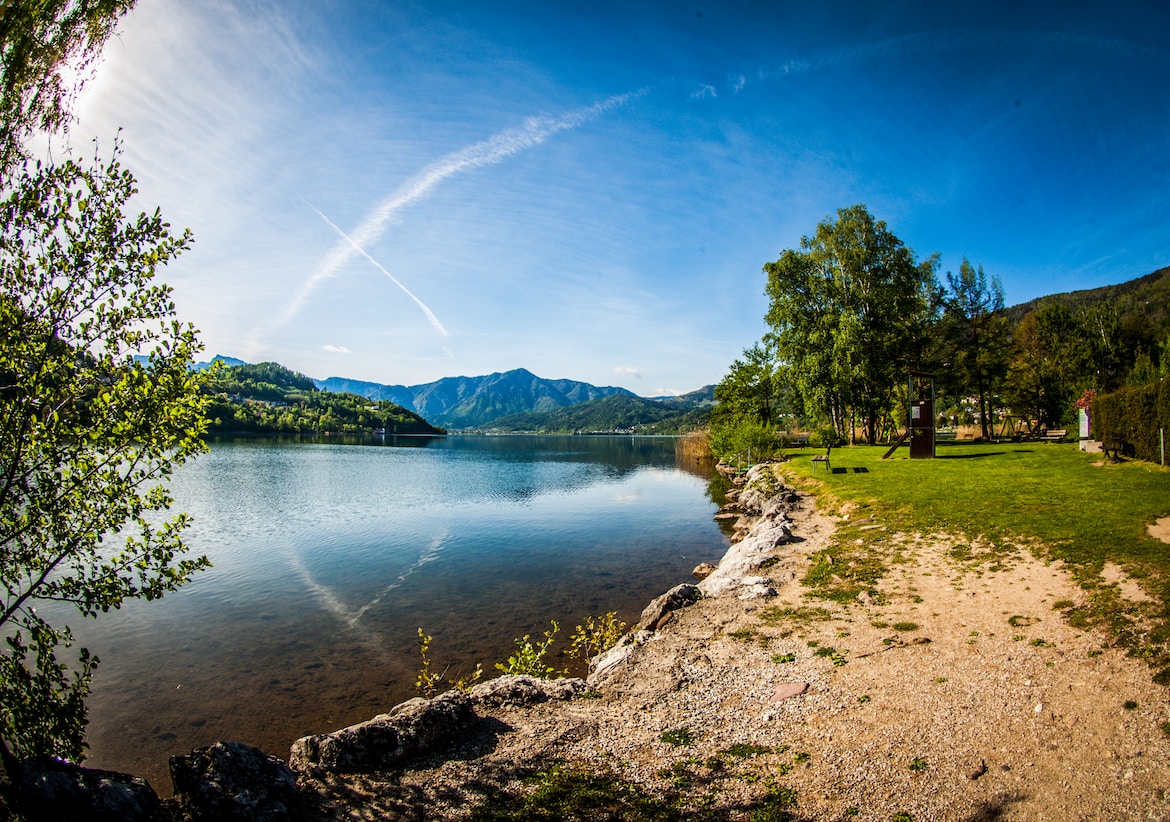
Al Wahat
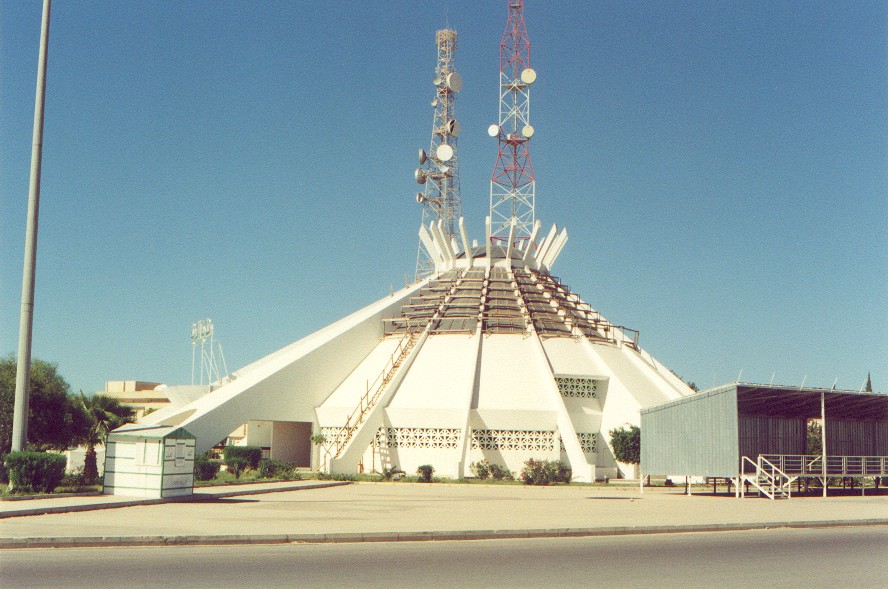
Sirte
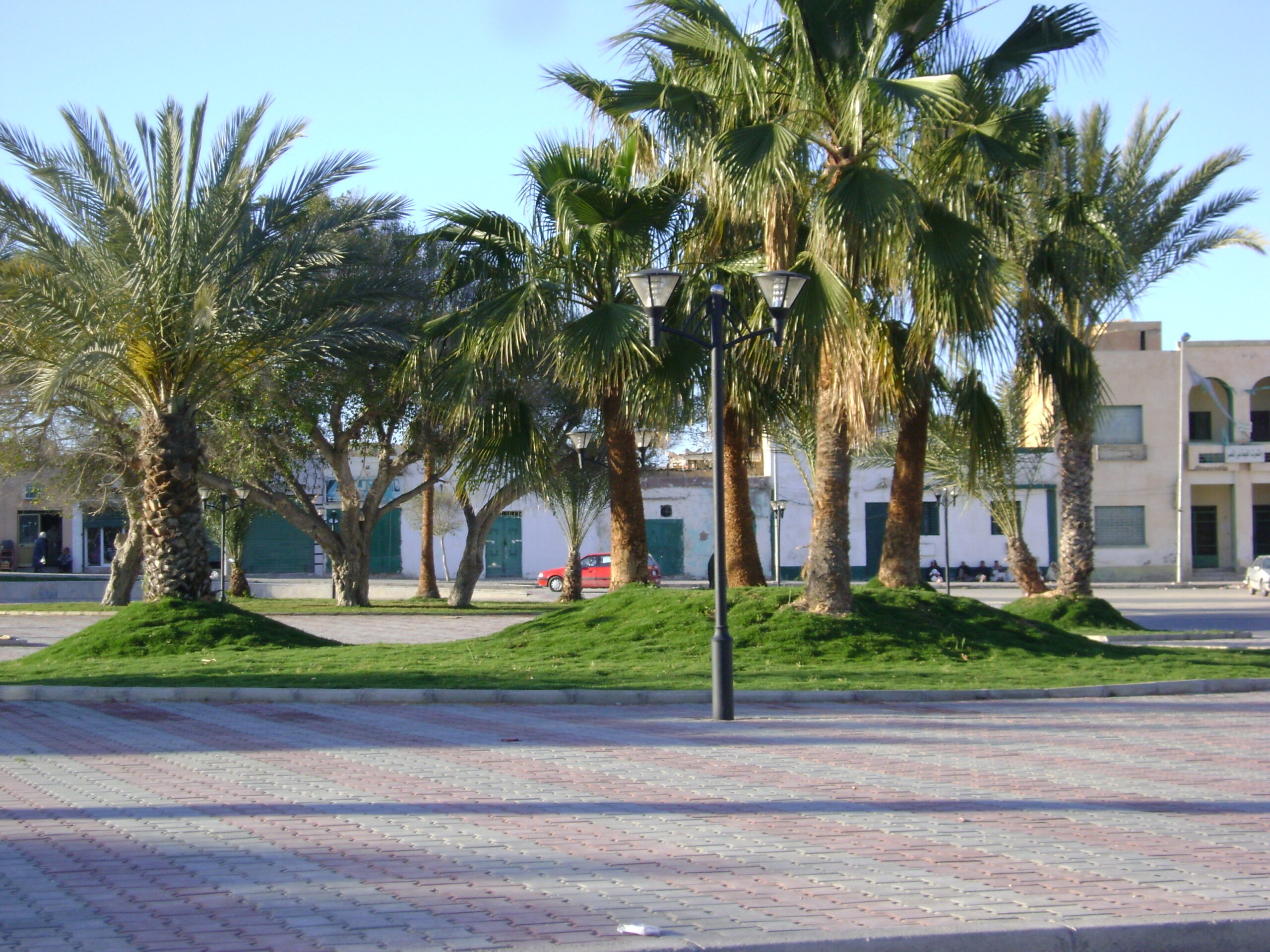
An Nuqāţ al Khams
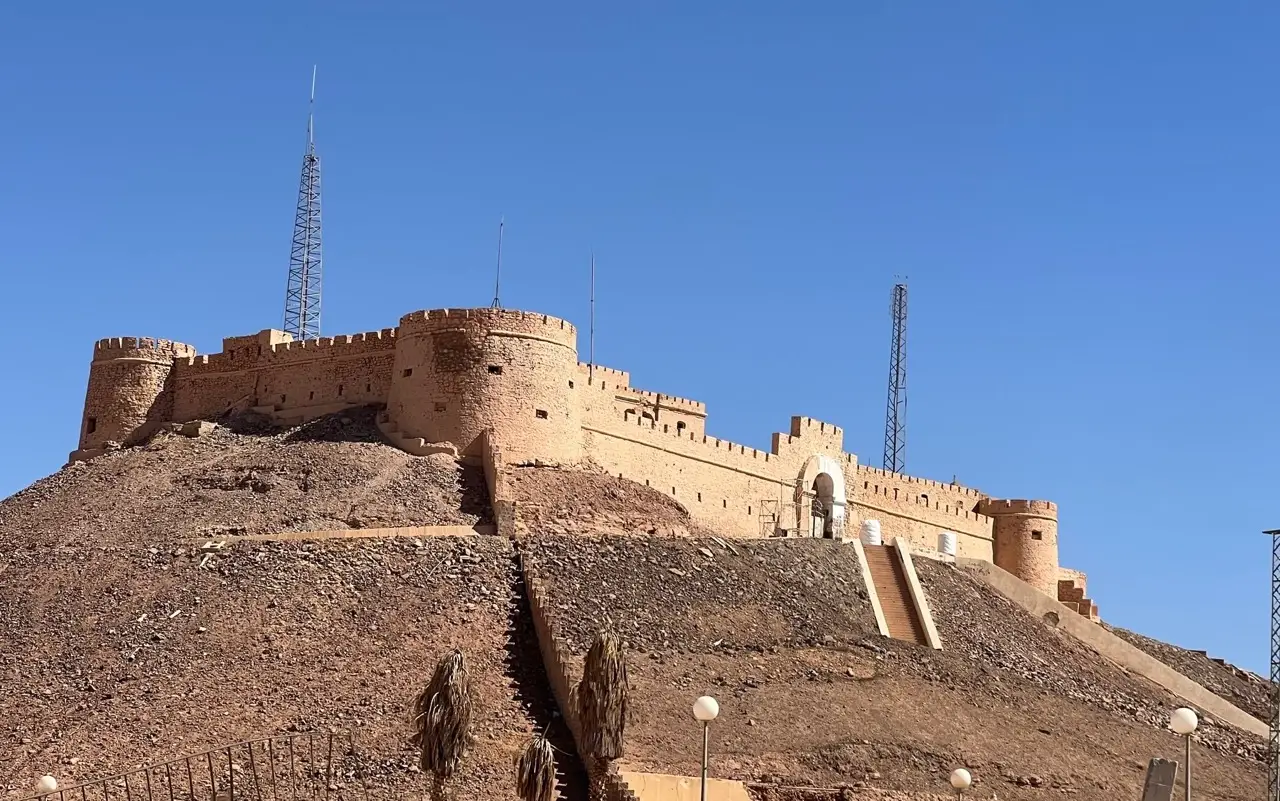
Sabhā
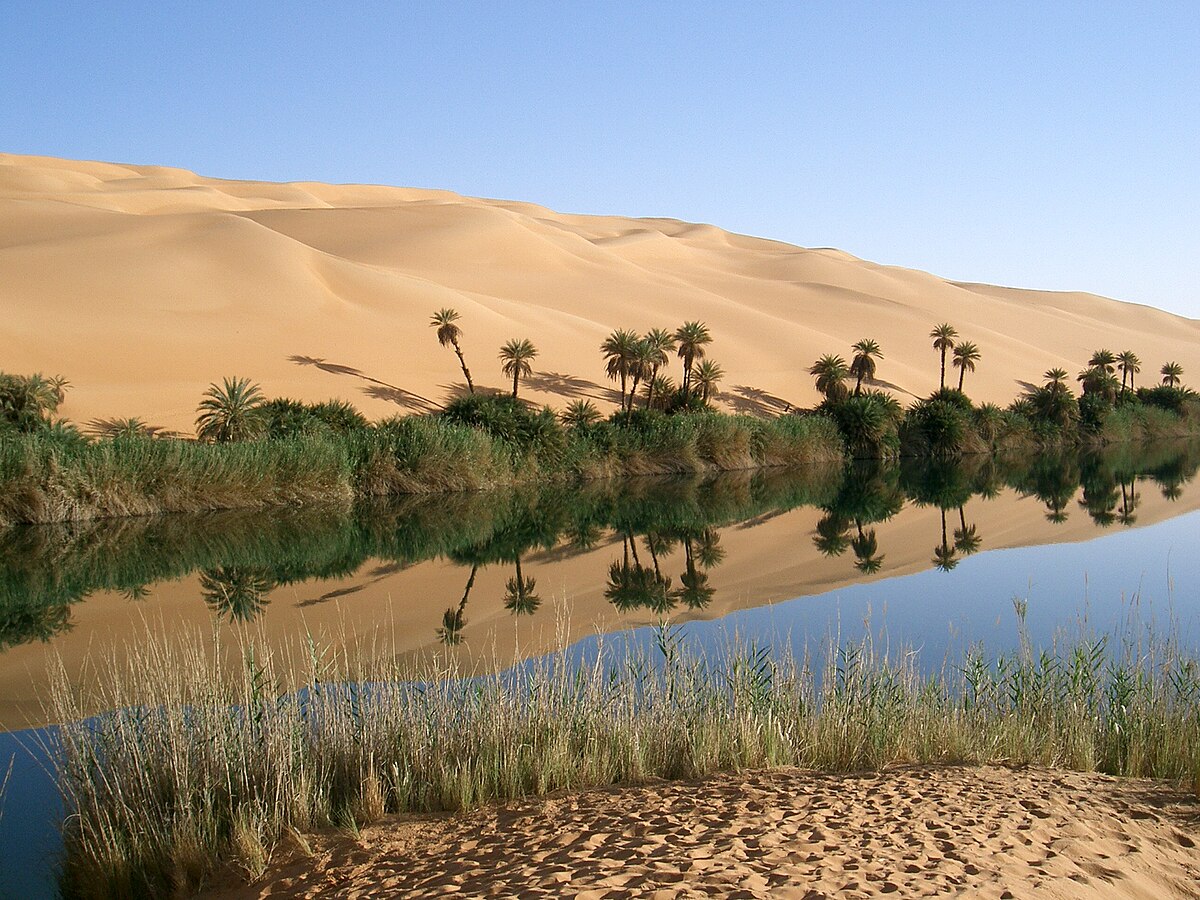
Wādī al Ḩayāt
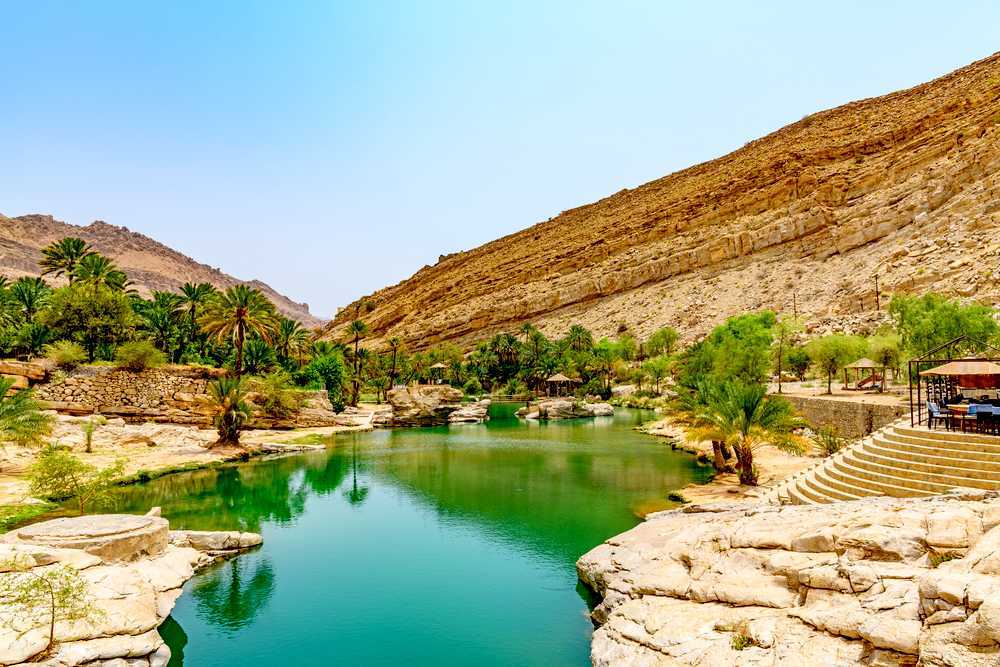
Wādī ash Shāţi
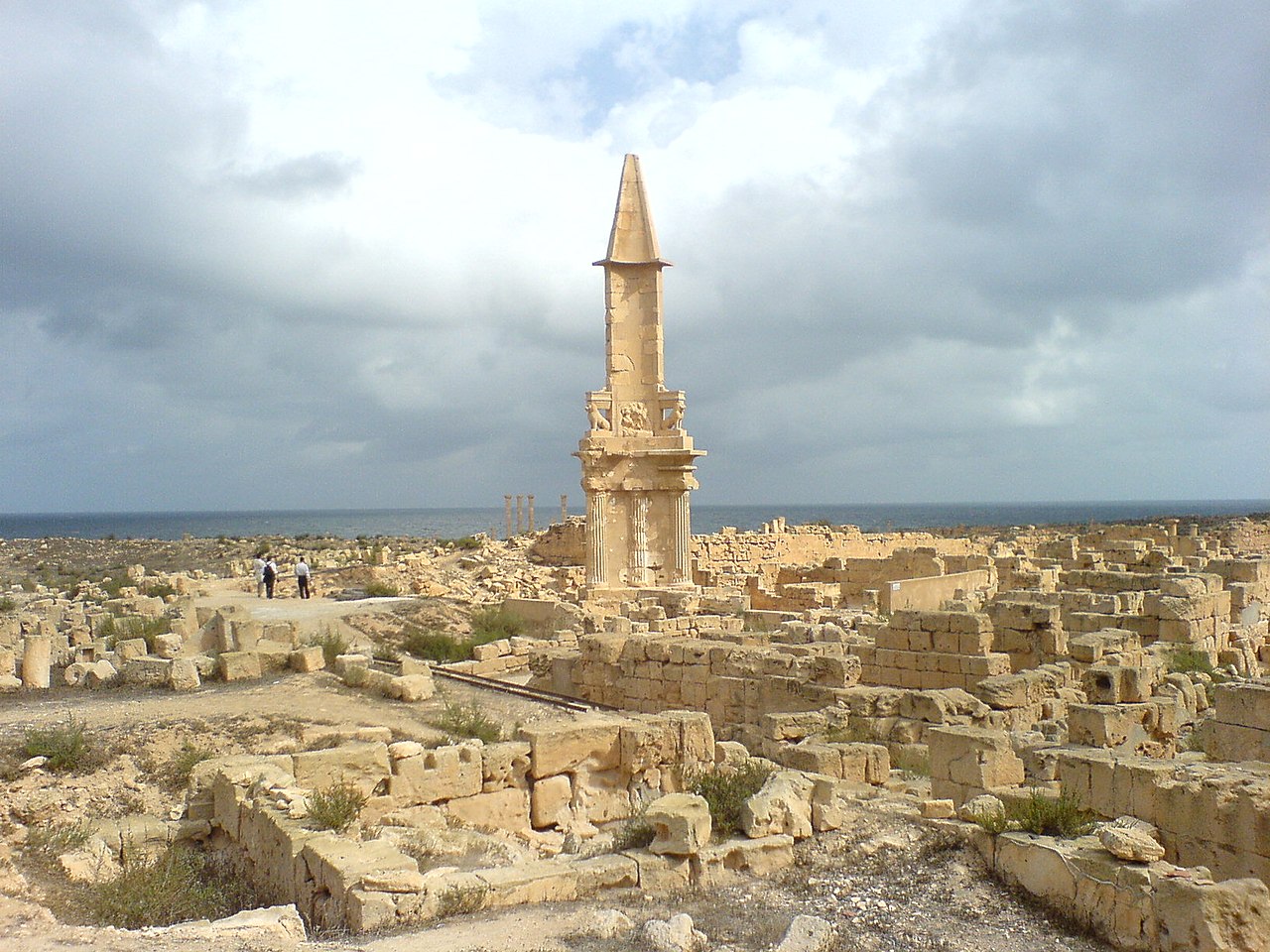
Az Zāwiyah

Murzuq
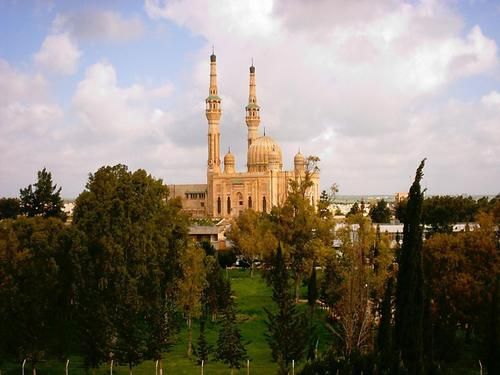
Marj
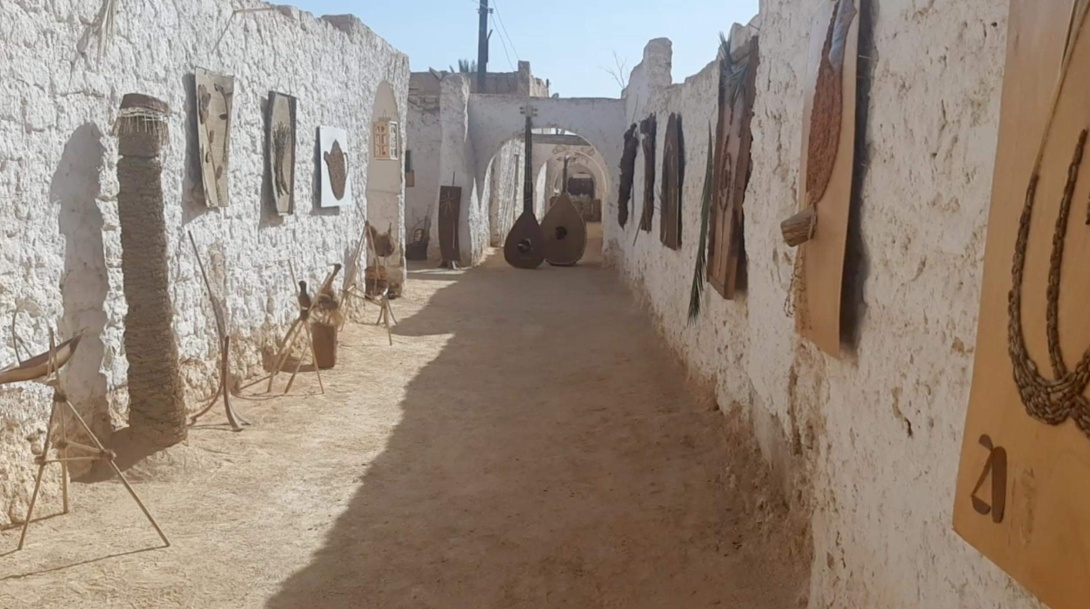
Al Jufrah
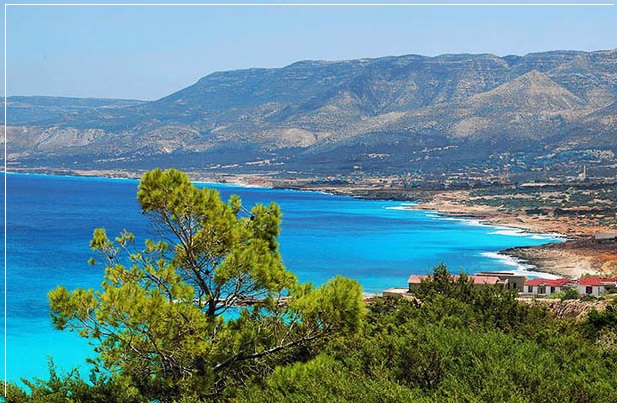
Al Jafārah
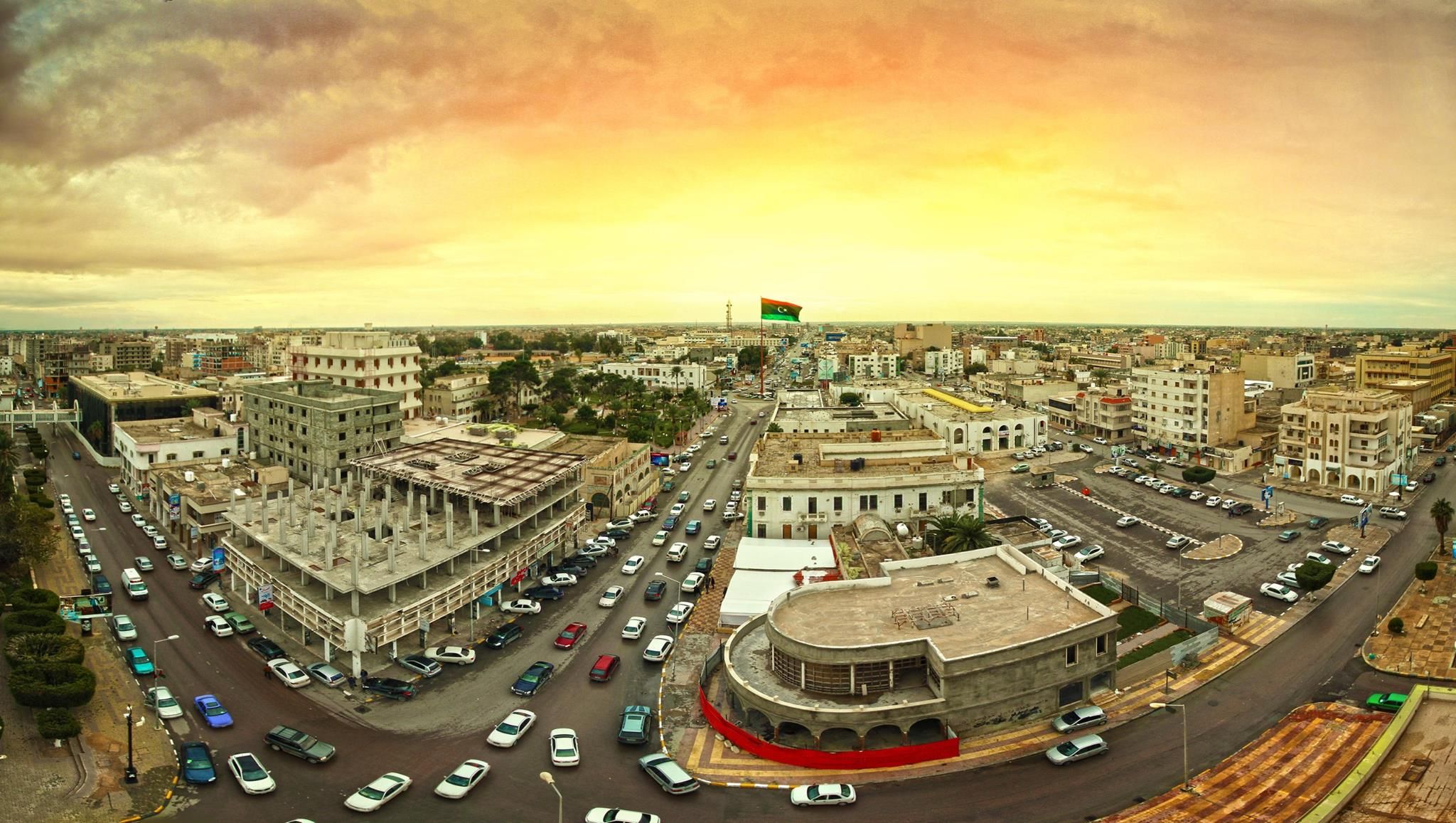
Misrata

Al Kufrah
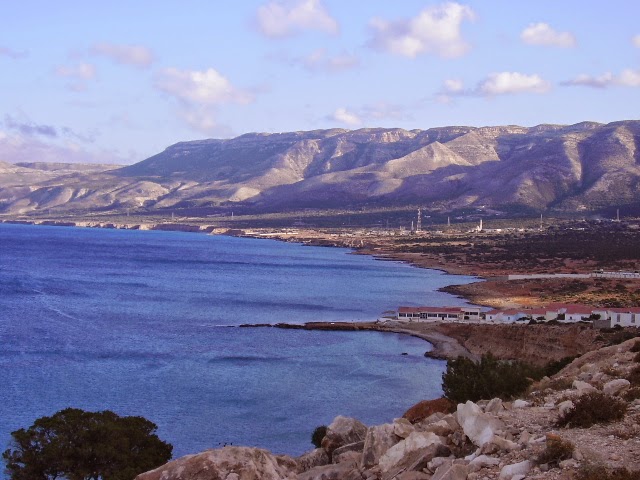
Derna
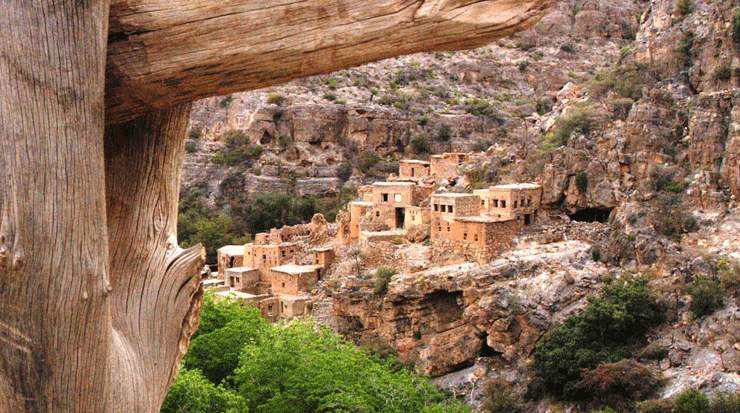
Al Jabal al Akhḑar

Benghazi
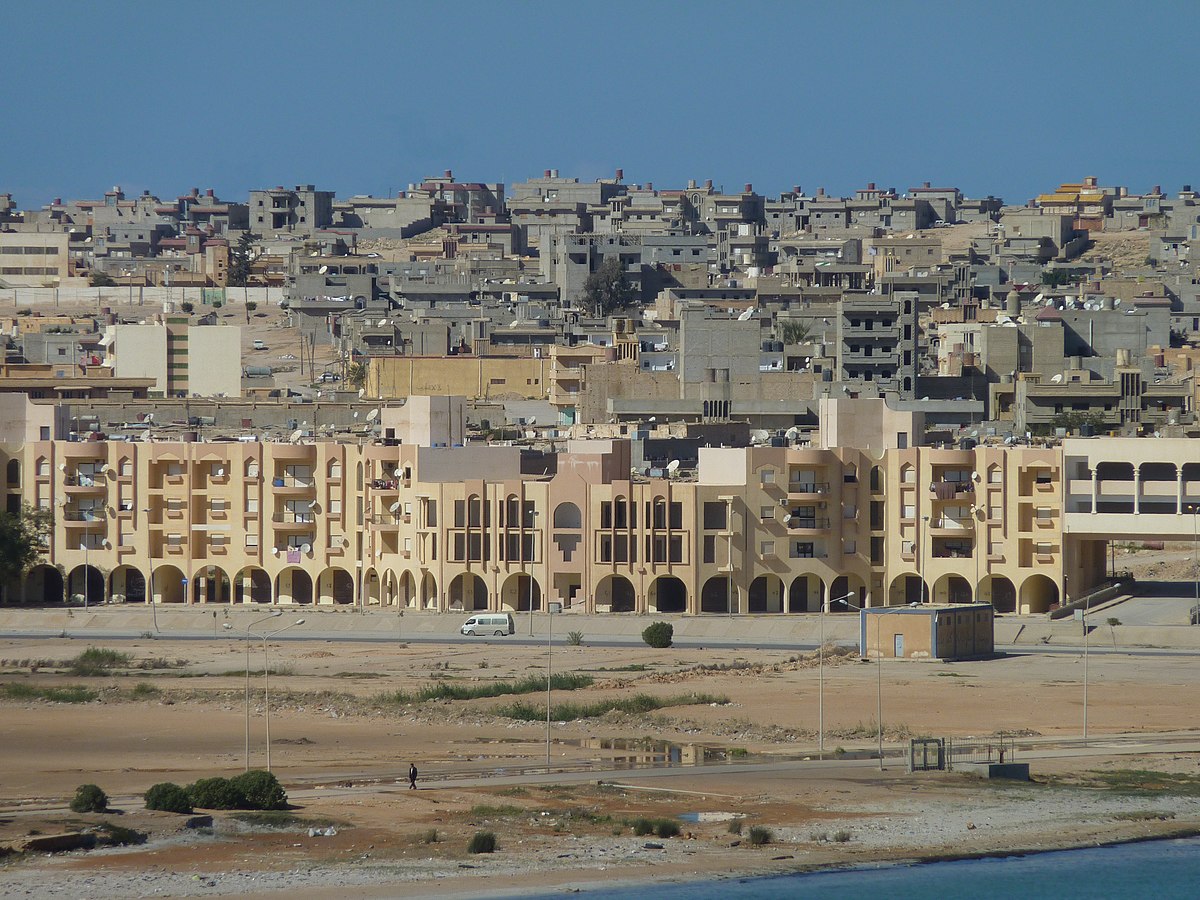
Al Butnan
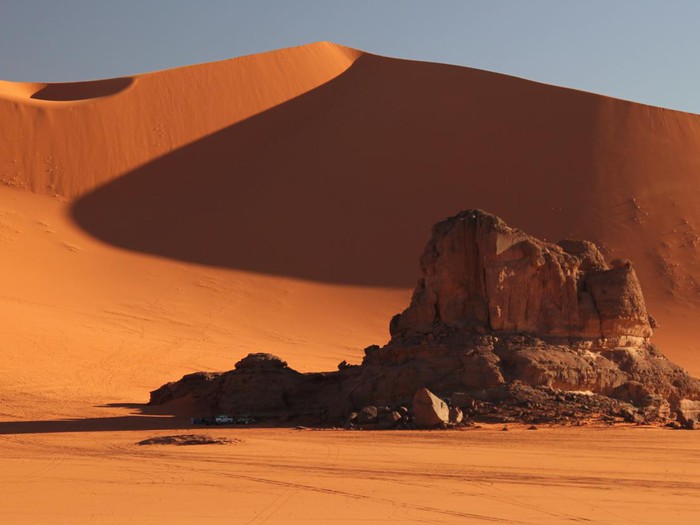
Ghāt
Before you go 🛩
Important information you should know before your trip
Info
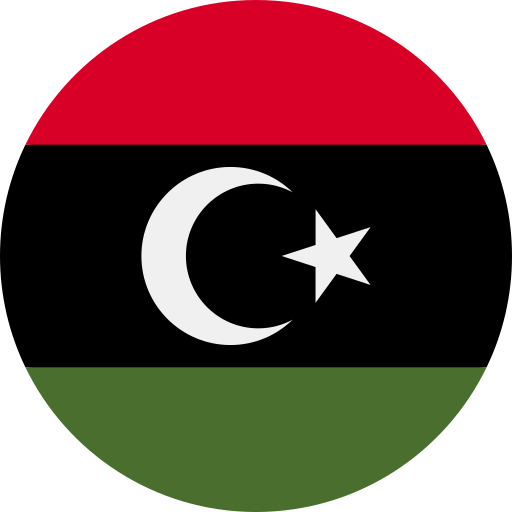
Capital | Tripolis
Flag Codes:
ISO alpha-2 LY,
ISO alpha-3 LBY
Currency
Badge | Libyan Dinar
CODE | LYD
NUMBER | 434
SYMBOL | ل.د
FRACTION | dírham
Mobile Coverage
Dialing Code | +218
SIM Card
Coverage | 3G / 4G / 5G |
Mobile Networks |

Location
Libya is located in North Africa and is situated on the northern coast of the African continent, bordering the Mediterranean Sea to the north. It shares land borders with several countries.
Libya’s capital and largest city is Tripoli, which is located along the country’s northwestern coast, overlooking the Mediterranean Sea. Benghazi, the second-largest city, is situated in the northeastern part of the country.
The Libyan landscape is characterized by a combination of coastal plains along the Mediterranean, extensive desert regions in the south and east (part of the Sahara Desert), and some mountainous areas, including the Tibesti Mountains in the south. Libya’s geography and climate are diverse, with the majority of the population concentrated along the northern coast, where the Mediterranean climate is more moderate.
Currency
The official currency of Libya is the Libyan Dinar, abbreviated as “LYD” and often symbolized as “ل.د” in Arabic. The Libyan Dinar is the legal tender used for all financial transactions within the country.
It’s worth noting that the economic and political situation in Libya has been volatile and subject to change in recent years, so currency-related matters, including exchange rates and the availability of foreign currencies, may have fluctuated. For the most current information on Libya’s currency and financial situation, it is advisable to consult reliable financial sources or contact financial institutions that deal with foreign exchange.
Languages
Libya is a linguistically diverse country, and the official language is Arabic. Arabic is the primary language spoken by the majority of the population and is used in government, education, media, and formal communication. Libyan Arabic, which is a regional dialect of Arabic, is commonly spoken in daily life.
In addition to Arabic, there are several other languages spoken by various minority groups in Libya, including:
Tamazight (Berber): Tamazight is spoken by some Berber communities in Libya, particularly in the Nafusa Mountains region in the northwest of the country.
Tuareg: The Tuareg people, who are a Berber ethnic group, speak various Tuareg dialects in parts of southern Libya, particularly in the Fezzan region.
Italian: Due to Libya’s colonial history, Italian is still spoken by some older members of the population, but it is not widely used today.
English and French: English and French are taught as foreign languages in schools, and they are often used in business and diplomatic contexts.
Arabic remains the dominant and most widely spoken language in Libya, and it plays a central role in the country’s cultural, social, and political life.
Climate 🌡
Libya’s climate varies considerably across different regions of the country due to its diverse geography, which includes coastal areas, desert regions, and mountainous terrain. The country generally experiences a predominantly arid and desert climate, with variations in temperature and precipitation. Here is an overview of the climate in Libya:
Mediterranean Coast:
Along the northern Mediterranean coastline, Libya experiences a Mediterranean climate characterized by hot, dry summers and mild, wetter winters. Cities like Tripoli and Benghazi have relatively moderate temperatures and receive more precipitation compared to inland regions. The coastal areas are the most favorable for agriculture in the country.
Desert Regions:
Much of Libya’s interior and southern regions consist of the Sahara Desert. These areas have a harsh desert climate with extremely high temperatures during the day and cooler nights. Rainfall is rare, and many parts of the desert receive minimal annual precipitation.
Saharan Oases:
In some desert areas, there are oases that benefit from underground water sources. These oases have a more temperate climate compared to the surrounding desert and can support agriculture and date palm cultivation.
Mountainous Regions:
The Tibesti Mountains in the southwestern part of Libya have a different climate due to their elevation. These mountains experience cooler temperatures than the surrounding lowlands, and there may even be snowfall in higher elevations during the winter months.
Wind:
Libya is subject to the hot and dry desert winds known as “sirocco” or “gibli.” These winds can bring extremely high temperatures and blowing sand, impacting visibility and comfort, especially in desert areas.
Rainfall:
Rainfall is generally scarce throughout Libya, with the coastal areas receiving more precipitation than the interior and desert regions. The northern coastal regions may receive occasional rainfall during the winter months, while the desert areas can go for years without significant rainfall.
Temperature Extremes:
Libya is known for its high temperatures, especially in the desert regions. Daytime temperatures in the desert can soar well above 40°C (104°F) during the summer, while coastal areas have more moderate temperatures.
Libya travel tips
If you’re planning a trip to Libya, here are some travel tips to enhance your experience:
Visa Requirements:
Check and obtain the necessary visas before traveling to Libya.
Local Customs:
Respect Islamic traditions, dress modestly, and follow local customs to avoid any cultural misunderstandings.
Health Precautions:
Ensure vaccinations are up-to-date, carry necessary medications, and drink bottled or purified water.
Weather:
Libya has a desert climate, with extreme temperatures; pack accordingly and stay hydrated.
Transportation:
Arrange reliable transportation in advance; public transport may be limited in some areas. View Guide.
Electricity:
The standard voltage is 230V, and the power plugs are of Type D and Type L.
Bargaining:
Bargaining is common in markets; be prepared to negotiate for goods and services.
Enjoy your time in Libya!

The best of the best
Libyan cuisine reflects the country’s North African and Mediterranean influences, with a focus on grains, vegetables, and spices.
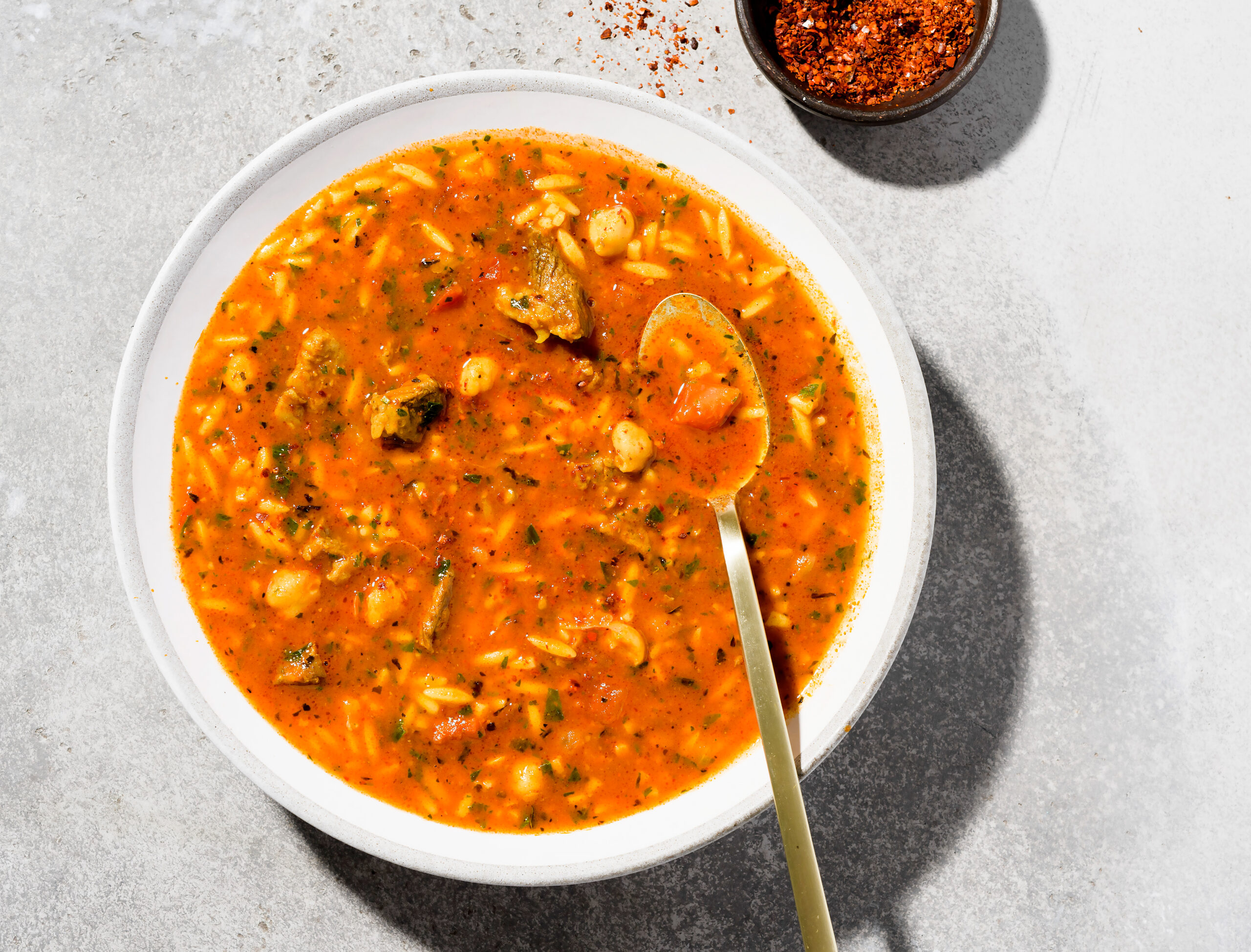
Shorba
Shorba is a flavorful soup made with ingredients like lentils, vegetables, and sometimes meat, often seasoned with spices like cumin, coriander, and cinnamon.

Bazeen
Bazeen is a traditional Libyan dish made from barley flour or wheat flour mixed with water and cooked to a dense consistency.

Mahshi
Mahshi refers to stuffed vegetables, which can include items like bell peppers, zucchini, and eggplants.
Here are some typical foods and dishes you might find in Libya:
Aseeda: Aseeda is a sweet dish made from cooked wheat flour or cornmeal, sweetened with honey or date syrup. It’s often served as a dessert or a simple breakfast.
Grilled Meats: Grilled meats, especially lamb and chicken, are common in Libyan cuisine. They are often seasoned with a variety of spices and herbs and served with flatbreads and sauces.
Hararat/Akhoub: These are spicy sauces or pastes made from red chili peppers, garlic, and other spices. They are used to add heat and flavor to many dishes.
Brik: Brik is a popular snack in Libya, consisting of a thin pastry filled with ingredients like egg, tuna, capers, and spices. It is then deep-fried until crispy.
Libyan Tea: Traditional Libyan tea is a sweet and fragrant drink often flavored with mint and sometimes served with dates.
Sweets: Libya offers a variety of sweets and desserts, including baklava, basbousa (semolina cake), and a range of nut-filled pastries.
Couscous: Couscous is a staple in Libyan cuisine and is often served as a base for various dishes. It is typically steamed and served with a variety of stews, sauces, or grilled meats.
Libyan cuisine is known for its use of fresh ingredients, aromatic spices, and the use of traditional cooking methods. The availability of certain dishes may vary by region within Libya, with coastal areas having more seafood options and desert regions relying more on grains and meats.
Transportation 🚥
More information about this country
Choose your destination 📍🗺
Useful Links ✅



